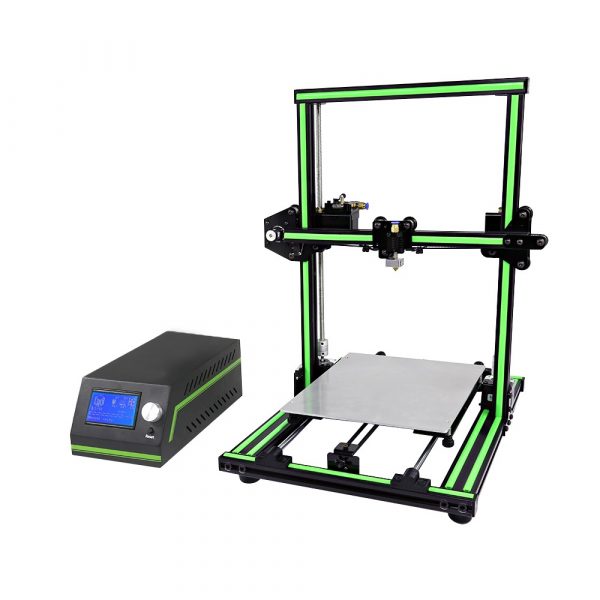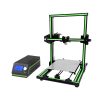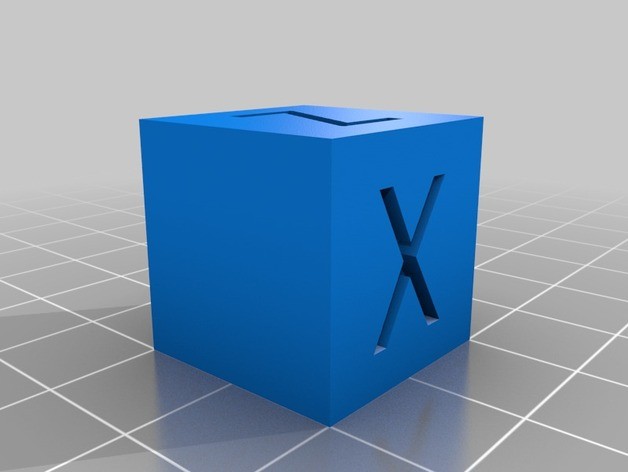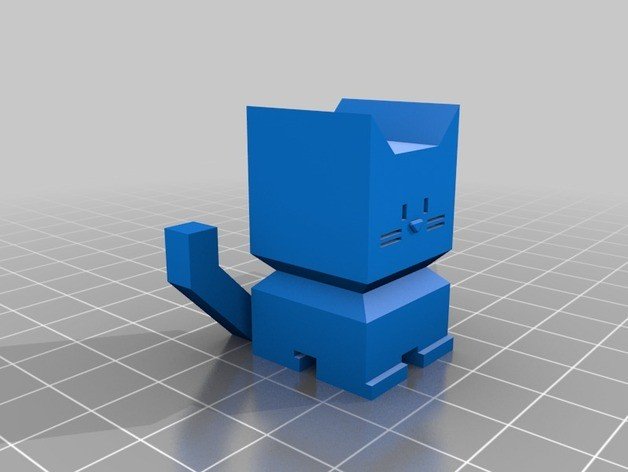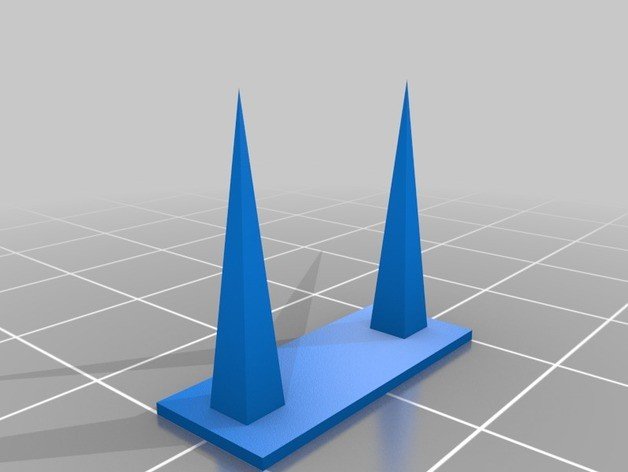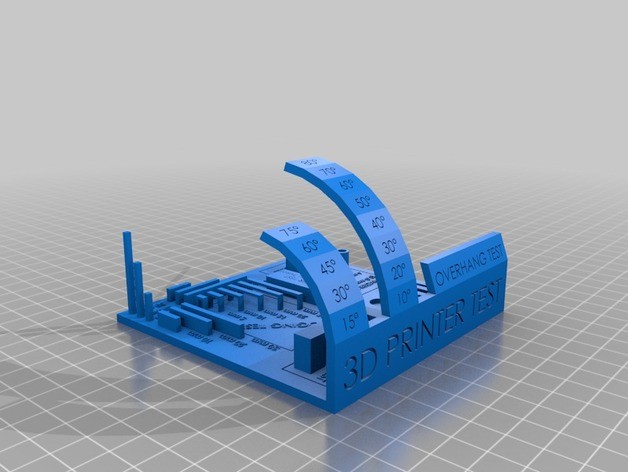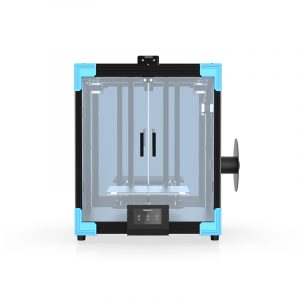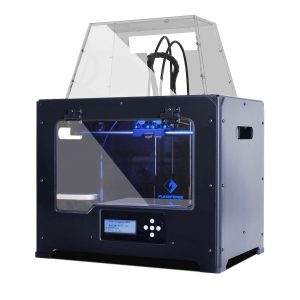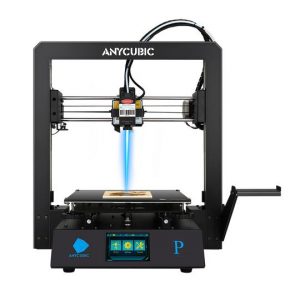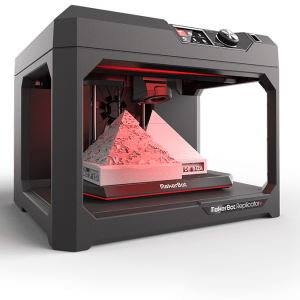Anet E10
Short specifications
- FDM(Fused Deposition Modeling)
- 220x270x300 printing size
- 120 mm / s
- 1.75mm ABS, PLA
- Hotbed 250 ℃
- 1 Nozzle 0.4mm, max 250℃
Additional information
| Type 3d printer | Home |
|---|---|
| Brand | Shenzhen Anet Technology Co Ltd |
| Technology | Fused Deposition Modeling (FDM / FFF) |
| Сountry | China |
| Site | |
| Filament diameter | 1.75 |
| Material | ABS, PLA |
| Speed | 120 mm / s |
| Nozzle quantity | 1 |
| Nozzle Diameter | 1.75 |
| Nozzle Temperature | 250 |
| Area Size | 220x270x300 |
| Bed | Heated |
| Hotbed Temperature | 100 |
| File Format | STL, OBJ, JPG |
| Work | Card Reader |
| Addittional | LCD Screen, USB, Card Reader |
Description
Anet E10 is another interesting and high-quality 3D printer that doesn’t break the bank? This printer has a large build volume, prints quickly, and is easy to use. In this article, we will give you an overview of the Anet E10 and offer some printing tips to help you get started.
The Anet E10 is a great starter printer that offers good quality prints at an affordable price. It has a fairly standard build volume, making it perfect for larger projects. The printer also comes with a heated bed, which helps to prevent warping and improve print quality. One downside of this machine is that it does not have a lot of bells and whistles; however, this can be seen as an advantage because it keeps the learning curve low.

Other Key Features Includes:
- The Anet E10 is a budget-friendly FDM printer that offers great value for the price.
- It comes with an LCD screen and an intuitive control interface, making it easy to use.
- It also has a heated bed, which allows you to print with ABS and other materials that require high temperatures. The printer comes with a 0.04 mm nozzle, which gives you high-quality prints.
- It comes with all necessary tools and accessories
- Easy to set up and use
- It comes with an SD card reader, so you can easily transfer files to the printer.
- One-year warranty from the manufacturer.
- The E10 has a Filament Detection, meaning that it will pause printing if the filament runs out.
- The printer also has Power Failure Recovery, meaning that it will resume printing from where it left off in the event of a power outage.
- The E10 has a DIY design, making it easy to assemble and upgrade.
- It comes with an all-metal hot-end, which can reach high temperatures quickly.9.
- It has an aluminum frame, making it sturdy and durable.
- Finally, the printer comes with lifetime technical support, so you can always get help if you need it.
Overall, the Anet E10 is a great choice for those who are looking for a budget-friendly FDM printer that offers good value for the money
Anet E10 3D Printer Reviews
Positive Reviews
- PEVLY exalts the Anet E10 Printer and says that it has amazing features such as the print quality, projected and ejected Aluminium frame. At the same time, it has an expansive and spacious build volume and all its electronics are confined. It has a beautiful LCD Display, dual Z rods, and T-Nuts, and the spare parts are readily available. On top of that, it is generally attractive.
- The TechReviewer says that the Anet E10 Printer assembling is quite easy and it is suitable for beginners. It has a generally spacious print area and the prints are of high quality. It has a lot of craftsmanship which leads the user to have more skills. They also add that it has long-lasting film.
- According to Easy3DHome, Anet E10 3D Printer is strong and very firm while it is printing, and also that its power supply is so safe and has no challenges.
- Maxx3D in Makerbot Thingiversesays that he gave Anet E10 printer to a friend whose son was having a birthday gift, and all along it is printing amazingly. He also added that he used to do printing on a daily basis for about two years and it the quality of the print was still high.
- According to ALL3DP, Anet E10 3D Printer is easy to assemble and has fine details which make it luxurious. They also add that it has a standard build volume
Lifehacks When Using Anet E10 3D Printer

If you’re new to the world of Anet E010 and FFF/FDM printing, here are a few tips and tricks that might come in handy.
- One thing to keep in mind when printing with the Anet E010 is that it’s important to level your bed correctly. A properly leveled bed will ensure that your prints adhere well and turn out looking great. There are a few different ways to level your bed, but we recommend using the auto-leveling feature if your printer has it.
- Another tip is to use support when printing complex models. Supports help to prevent your model from collapsing or warping during the printing process. They can be a bit of a pain to remove, but they’re worth it if it means getting a successful print.
- Make sure that you use the correct settings.
- Always level your bed correctly.
- Choose the right filament.
- Finally, make sure to use the correct settings for your filament. Different filaments have different requirements in terms of temperature, flow rate, and so on. Using the wrong settings can result in failed prints or poor print quality, so it’s important to do your research before you start printing.
We hope these tips and tricks help you get the most out of your Anet E10 printer.
Conclusion
Overall, the Anet E10 is a great choice for those who are looking for a budget-friendly FDM printer that offers good value for the money. With its large build volume, heated bed, and high-quality prints, it is sure to meet your printing needs.
Manual
 Loading...
Loading...Basic Software
Download simple 3D printer software (slicer):
Test models for printing on Anet E10 3D Printer
Calibration check and first print model.
XYZ 20mm Calibration Cube
This is a simple calibration test cube for your 3D printer.
https://www.thingiverse.com/thing:1278865
Cali Cat
Cali Cat is designed to be the purrfect initial calibration and benchmarking print.
https://www.thingiverse.com/thing:1545913
Two towers
Ultrafast and economical stringing test
https://www.thingiverse.com/thing:2219103
Fast full test
https://www.thingiverse.com/thing:2656594
Settings for 3D printing
Basic settings for printing with various filament.
Final printer settings depend on model and filament!
PLA
- Nozzle temperature – 200℃
- Bed temperature – 60℃
- Start speed – 20 mm/s
- Printing speed – 60 mm/s
- Fan – 100%
ABS
- Nozzle temperature – 230℃
- Bed temperature – 100℃
- Start speed – 20 mm/s
- Printing speed – 40 mm/s
- Fan – 0%
- Raft
PETG
- Nozzle temperature – 235℃
- Bed temperature – 70℃
- Start speed – 20 mm/s
- Printing speed – 60 mm/s
- Fan – 80%
